Bajaj Discover DTS-Si 100cc
Styling tweaks have given the original Discover a new lease of life, with this new 100cc segment variant successfully looking a tad more modern than its predecessors
Published on Sep 30, 2009 07:00:00 AM
3,22,681 Views
Follow us on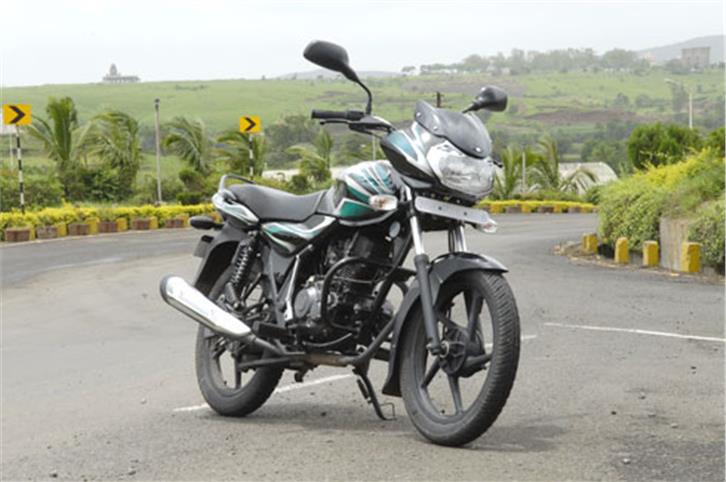
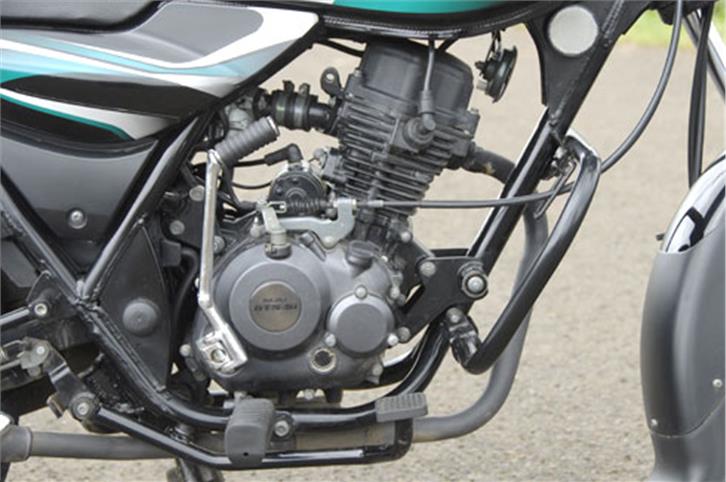

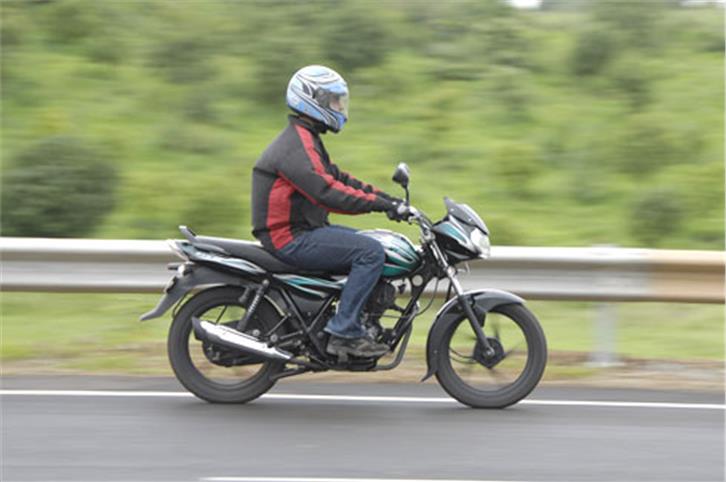
This is the first of the Bajaj bikes to adopt an improved ‘DTS-Si 2.0’ engine. While DTS-Si or Digital Twin Spark with swirl induction is a Bajaj-patented fuel economy boosting twin-plug technology, version 2.0 claims further benefits of swirl in the combustion chamber while retaining twin spark plugs to aid quicker and more complete combustion cycles. The twin-valve engine also uses a graphite-based piston coating that reduces friction between the piston and cylinder block, thereby increasing engine efficiency. An exhausTEC resonance chamber on the silencer works behind the scenes to further bump up low-end grunt.
Its single-cylinder, air-cooled and four-stroke unit displaces 94.38cc while the engine cylinder sports long-stroke dimensions of bore and stroke measuring 47 x 54.4mm. Like most 100cc bikes, the Discover 100’s engine is tuned towards fuel economy. The bike pumps out a modest 7.7bhp at 7500rpm, while producing a max torque of 0.8kgm at 5000rpm.
The Discover comes with a five-speed gearbox — a rarity in this segment — that shifts in an all-down pattern via a heel-and-toe-lever. While enthusiasts will welcome this added ratio for its fun factor, some true-blue commuters may find that the extra cog translates into extra work for them when riding in the city.
There is a good spread of torque throughout the rev range and enough low-end muscle in the powerband to allow the Discover to pull off urban overtaking moves thanks to well-thought-out ratios. The rubber-mounted engine feels smooth and refined, with vibrations firmly kept at bay. Our performance tests had the Discover completing a 0-60kph dash in 9.78sec with the bike reaching a true maximum speed of 90kph.
The Discover DTS-Si deploys a single downtube frame that splits at the engine and reunites at the swingarm. The swingarm itself is made of rectangle section metal. The new 100 uses twin telescopic forks up front and a pair of adjustable and gas-filled shock absorbers at the rear.
Copyright (c) Autocar India. All rights reserved.



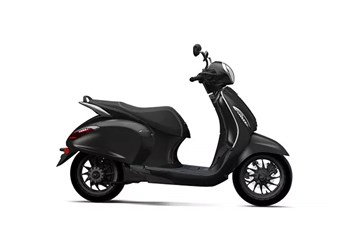

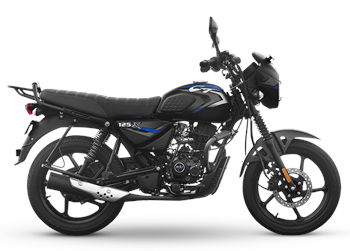
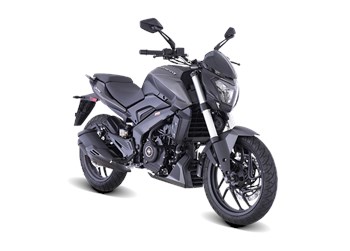
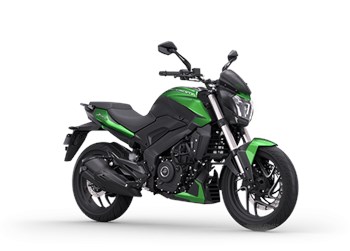

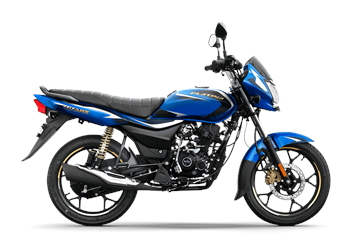
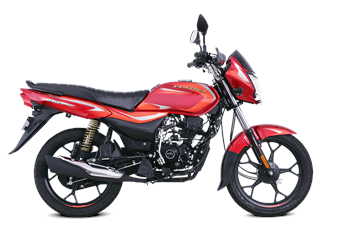

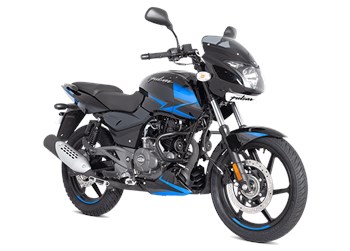
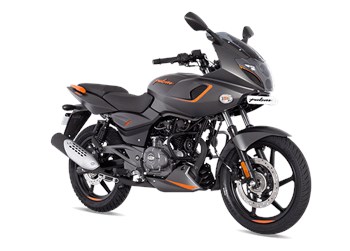

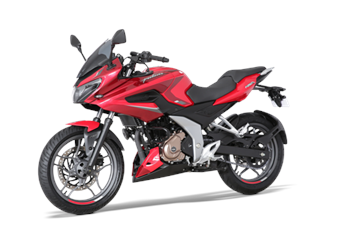
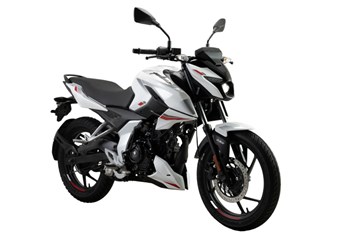


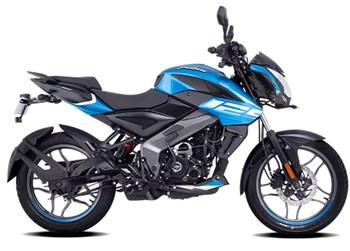

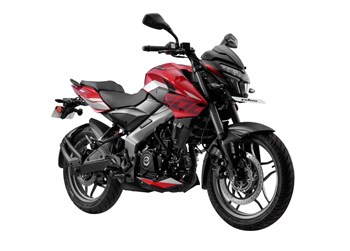
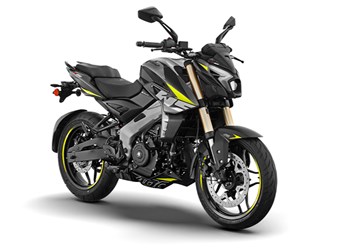




Comments
Member Login
Personal Details
No comments yet. Be the first to comment.